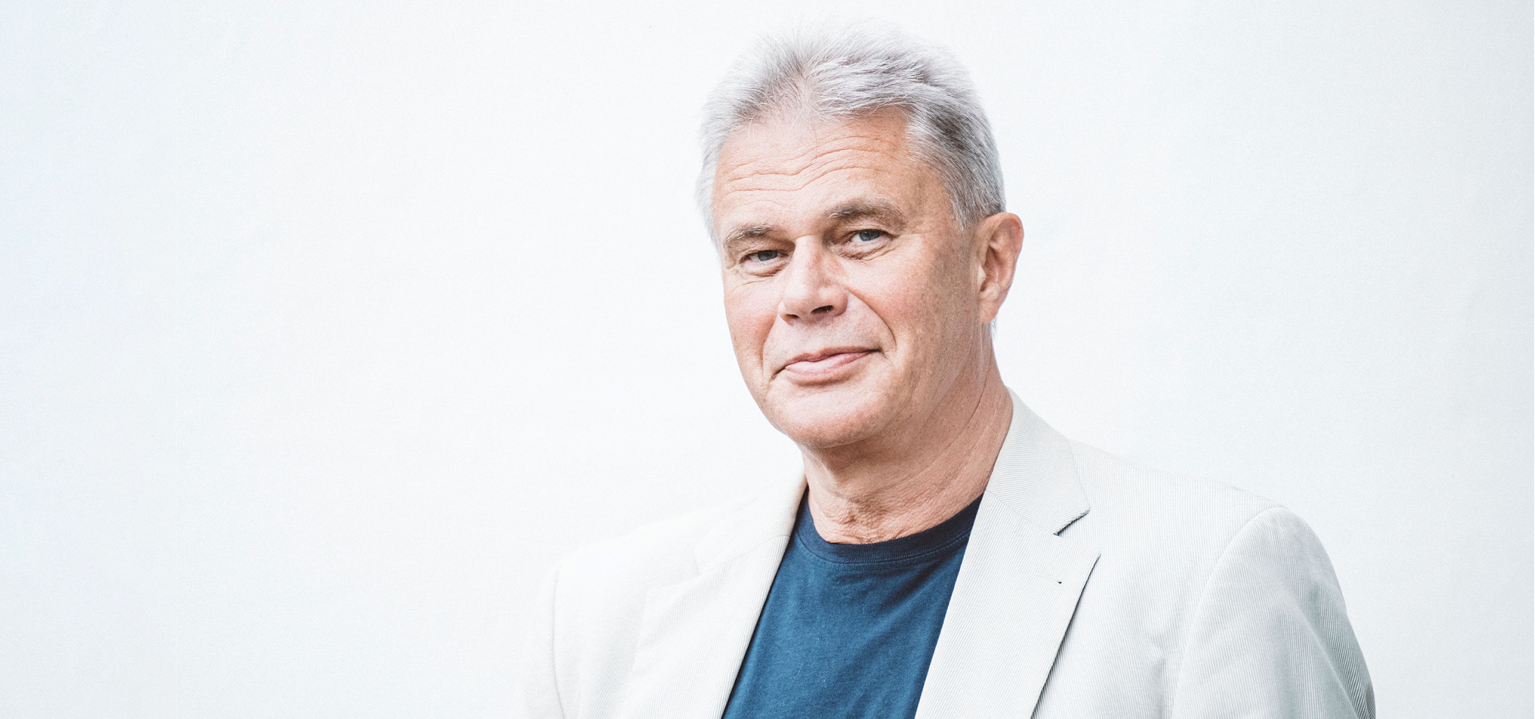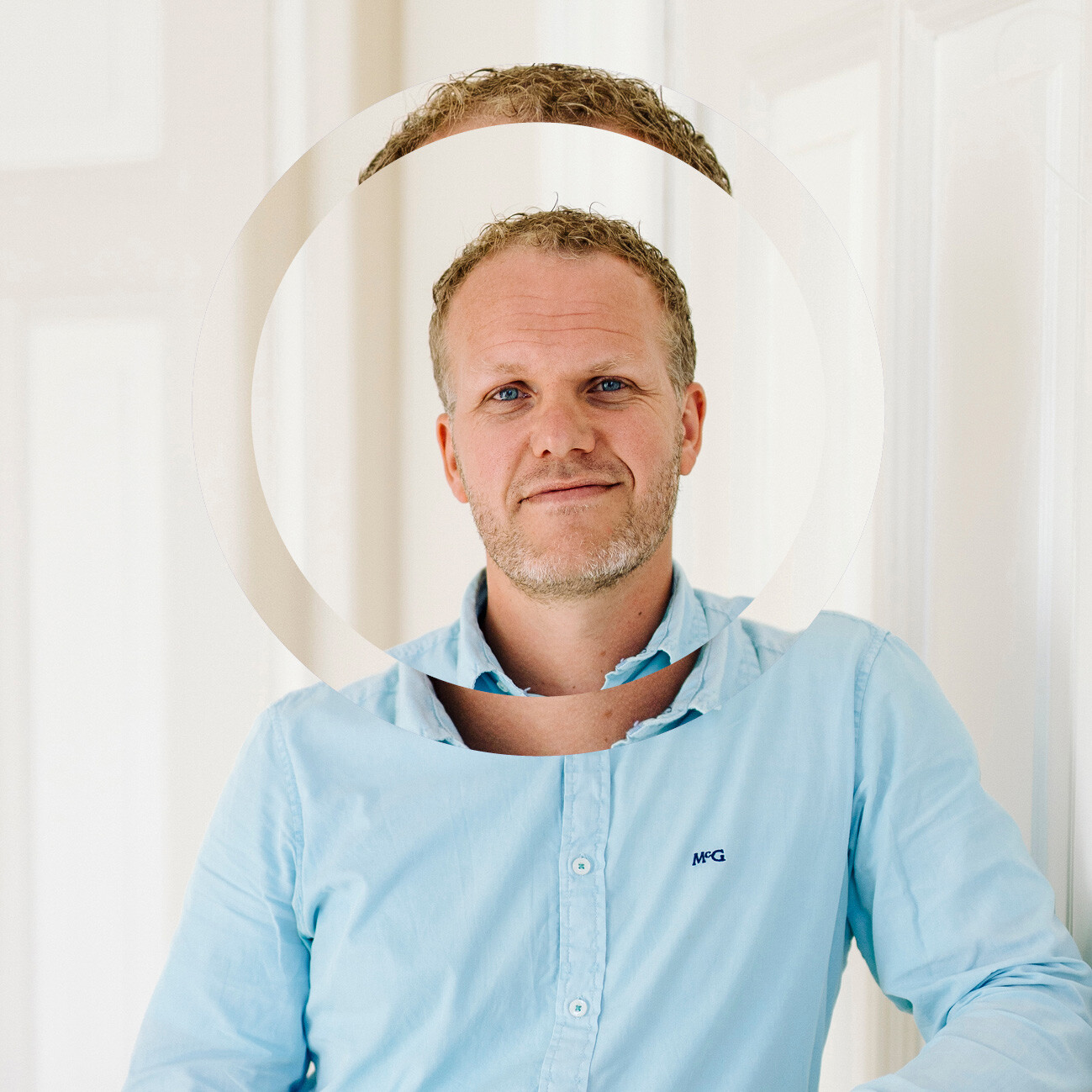On a quest to enhance refractive surgery
With over 25 years of experience, Dr. Mölder has dedicated his career to helping patients improve their vision. “I went to study medicine with an idea to become a psychiatrist but in time I understood my real interest was surgery. I read some literature about eye surgery and then realised that I had been good with making small toys in my childhood. Then I thought - why not to do tiny manoeuvres for the sake of people’s sight when it seems to suit me?” he says.
After completing his medical studies at the Faculty of Medicine of the University of Tartu in Estonia Dr. Mölder travelled the world, gaining experience in various clinics and hospitals in Nigeria, Russia, Sweden, the United Kingdom, and Estonia. “During this time, I specialised in glaucoma and corneal transplantation. As I was also very interested in refractive surgery, I started working at clinics specialized in laser treatment” he says. Dr. Mölder is committed to continuously improving and developing refractive surgery in Estonia. He has performed the first toric, multifocal, and supplementary lens operations in the country. Currently, Dr. Mölder is a Senior Ophthalmologist at Laservisioon, a private clinic in Tallinn, Estonia.
‘The response of my first patient encouraged me to perform more surgeries.’
First experience with Precizon Presbyopic NVA
Dr. Mölder was first introduced to Precizon Presbyopic NVA intraocular lenses in 2018 and has been using them ever since. “I was informed that Precizon Presbyopic NVA IOLs have fewer unwanted side-effects such as halos and glare, compared to other multifocals. It was quite common for my multifocal patients to experience some trouble with night-time driving for about two months post-op.”
“After the bilateral treatment of my first Precizon Presbyopic NVA patient, I called him for a check-up two days post-op. The gentleman had driven approximately 200 km in the early morning darkness and twilight. I asked him with some apprehension, “How is it?”. He responded: “The upcoming headlights were somewhat strange, but not too much.” His response encouraged me to perform more surgeries, and more again.”
From doctor to patient: an experience worth sharing
Personally experiencing the benefits of the Precizon Presbyopic NVA lens, Dr. Mölder explains, “I had been considering RLE with Multifocal IOLs for some time, as I wanted to be free from spectacles again and I was curious about how it would be to have IOLs implanted. I wanted to understand the impact of side effects on my patients” he says. “In the end, I decided on Precizon Presbyopic NVA IOLs because my patients were highly satisfied with it.”
‘I know that this implant can provide extremely good vision quality – why should I seek for an alternative?’
Dr. Mölder fully embraced the adventure of the implantation process: “I did what I usually prohibit my patients from doing: I woke up, had my soup, tried to read messages on my phone, and I could do it. I then drove home by myself. In the first few days, I could see everything that I needed to, but there was some ‘mist,’ probably due to my dry eyes. I experienced some difficulties with near-tasks at the end of the first month post-op, but everything passed. I am convinced that becoming a good multifocal lens patient is mostly brainwork, provided one has a good refractive outcome. When my eyes are not dry, I can see like a young person with no problems focusing from 15cm to far distances - it’s smooth.”
One lens for all patients who wish to correct their Presbyopia
When asked about his preference for the Precizon Presbyopic NVA lenses, Dr. Mölder says, “I have seen the benefits of these lenses first-hand, both in my patients and in my own personal experience. I know that this implant can provide extremely good vision quality - why should I seek for an alternative? I am well aware of EDOF market growing but it’s not my main interest for now.”
‘Warm interactions with genuine people should not be taken for granted, not only in business but in life as well!’
Ophtec people
Dr. Mölder: “I have known Ophtec for many years and got to know Ophtec for the so called “champagne cork” prosthesis which was sutured into scleral layers with metal sutures. I used it in two patients with severe corneal scarring from chemical burn when working in East-Tallinn Central Hospitals eye clinic in the middle/end of 1990-s. Later on, I was impressed by their phakic IOLs and developed an admiration for the company. What stands out in my relationship with Ophtec is the human factor – warm interactions with genuine people. This is something that should not be taken for granted, not only in business but in life as well!”


%20magazine/2024/Blog%20-%20R%26D%20Tim_800x800.jpg)
%20magazine/2024/OTR%202024%20-%20Sjoerd%20blog_header_800x450.jpg)
